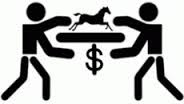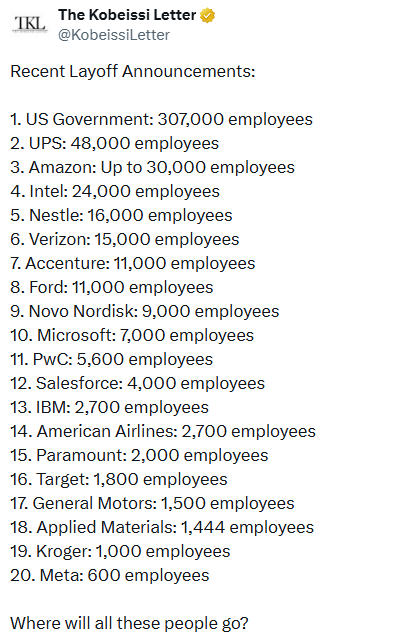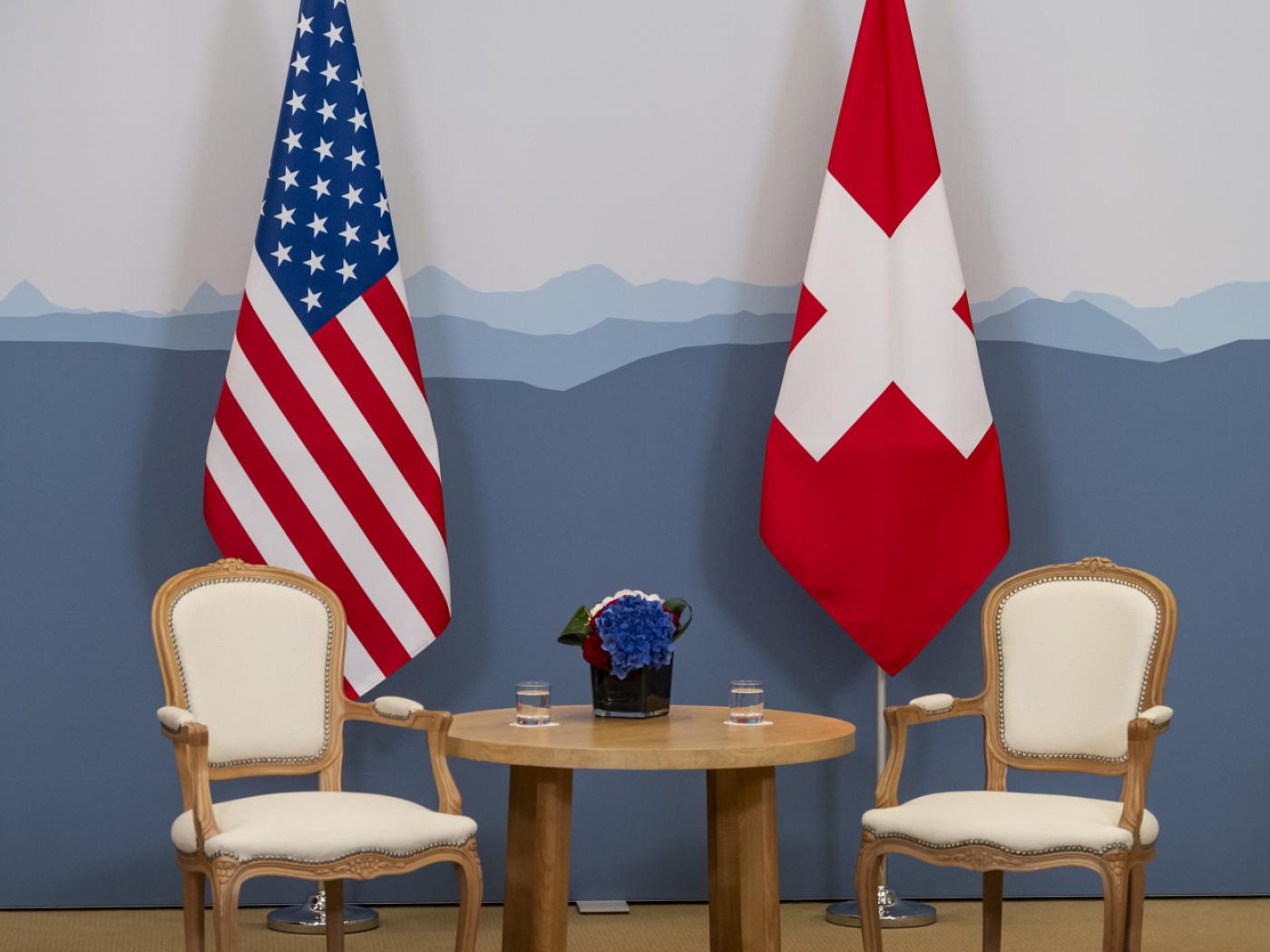The focus of most investors is the rate decision by the Federal Reserve tomorrow. Since the central bank completed its asset purchase program at the end of last year, a rate hike has been understood as a matter of time.
Expectations for a June lift-off were dashed by the disappointing economic activity at the start of the year. Officials correctly anticipated the headwinds to be temporary, but expectations for a September hiked were dashed by the heightened volatility seen in August. A rate hike tomorrow cannot be considered a surprise, even if many think it is a mistake or that 76% is discounted, according to Bloomberg, which assumes the Fed funds rate will gravitate around the mid-point of a new Fed funds range.
However, considerably less appreciated than monetary policy is fiscal policy developments. At the end of last week, an agreement was struck to extend the spending authorization until midnight tomorrow in hopes of reaching a broader agreement on both spending and taxes.
The new Speaker of the House Ryan appears to have helped facilitate the negotiations minimizing the antagonism between parties by not including provisions like the dismantling of the Affordable Care Act (aka Obama Care) or de-funding Planned Parenthood. Leaders from both parties seem to want a deal, ahead of next year's election, which is not just for the presidency but also the entire lower chamber (House of Representative) and a third of the upper chamber, as well as numerous governors and state legislature.
There appears to be a great deal of horse trading taking place. Rather than seeking to gore the adversary's ox, there has been a change in tactics. Now the tact is to be willing to make concessions to secure one's own sacred cow, to mix metaphors.
Of course, Congress can simply extend the deadline a few days, but the goal is to have an agreement this week. If this becomes unworkable, then a fall back option of simply extending the some 50 tax cuts that are set to expire. However, if an agreement is struck, it would arguably be the signature achievement of Congress this year.
It is difficult to know what will be in the final bill, but the broad shape is taking place, and it could include lifting the 30-year ban on oil exports. In exchange, environmentalist goals, like extending the tax credit on solar and wind power for five years, and resisting backtracking on some environment protections may have to be delivered. Also, the Democrats are pushing for extending tax credits for lower-income households, families with children, and students.
There are other controversial issues being negotiated, and it is not clear what are negotiating chits and what is truly desired. There are some who want to curb refugees from Syria, relaxing curbs on the financial industry, and are resisting warmer relations with Cuba.
On the other hand, there does seem to be a meeting of the minds over postponing the imposition of a tax on high-value health insurance plans from 2018 to 2020. There may also be an agreement in principle to pause the 2.3% medical device tax. A one-year suspension of a tax currently imposed on health insurers (which is often passed on to consumers via higher premiums) may also be agreed, which could impact core inflation forecasts.
Traditionally, the best policy mix for a currency is loose fiscal policy and tight monetary policy. This is the policy mix in the early 1980s, with Volcker lifting rates and Reagan cutting taxes and increasing spending. This was the source of the Reagan dollar rally.
Germany pursued a policy mix of similar proportions of GDP after the Berlin Wall fell. This facilitates a significant run-up in the German mark, caused sufficient strains in the ERM to spur a widening of the bands, and ultimately helped pave the way for the Maastricht Treaty and EMU.
If the compromise sketched out above materializes, the US policy mix will be supportive of the dollar. Fiscal policy, it appears, would be marginally easier as the Fed begins to normalize monetary policy. That said, remember that with 2% core CPI, and 5% unemployment, a 50-75 bp Fed funds rate cannot be regarded as tight by any metric. From the Fed's point of view, monetary policy is going from super accommodative to very, very easy.
Tags:































